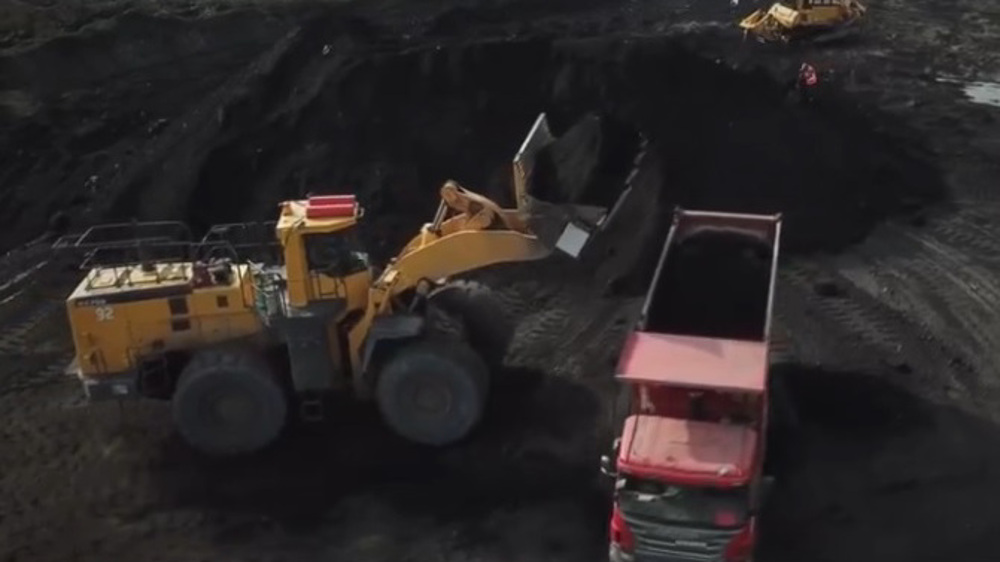Iran's food industry
Fats and edible oils have been around for millennia. Historically they have been seen as a source of dietary energy, used to preserve foods, or simply used in cooking and baking.
Presently the food industry is a major customer of vegetable oil and vegetable oil is in high demand across the country. The World Health Organization puts Irans per capita edible oil consumption at seven kilograms higher than the global average.
Irans domestic demand hovers around 1.8 million tonnes annually. This is while last year some 1.6 million tonnes of vegetable oil was produced. This industry is heavily dependent on imports of raw material, such as unprocessed oil and oil seeds, with around 90 percent of it being imported each year.
The government has been tackling this issue for some years now and has implemented several initiatives to support oil seed production. Oil seeds are mainly cultivated in the south and southwest of Iran such as Fars and Hormozgan provinces among other regions. But these cultivations are still not enough to meet domestic demands. So, the Ministry of Agriculture launched a plan called the Oil seed Project in 2017.
The project is a joint technical cooperation with the FAO. The goal is to build oil seed production capacities in the public and private sectors using sustainable farming methods.
Ministry officials say productions of cottonseed, soybean, rapeseed, and sunflower have increased under this plan. When agricultural productions increase revenues also rise in the food industry.
According to the Ministry of Agriculture nearly $900 million worth of agricultural and food products were exported in the first two months of this year. This is a dramatic rise compared to the total value of exports for the entire year of 2019 which stood at the same value.
Dairy products, sweets, poultry and aquaculture, as well as a diverse range of agricultural produce are some of the main items exported this year.
Iraq exhuming remains of 100 Kurdish women, children killed by Saddam
Panama rejects talks with US over canal control
HTS rulers name al-Qaeda operative as Syria's new spy chief
Iran voices concern about rising insecurity, violence in Syria
VIDEO | Karachi sit-in amplifies nationwide call for justice for Parachinar victims
Iran strongly condemns Israeli bombing of Yemen's civilian infrastructure
VIDEO | Press TV's news headlines
VIDEO | Israel and Iran’s Nuclear Facilities?









 This makes it easy to access the Press TV website
This makes it easy to access the Press TV website